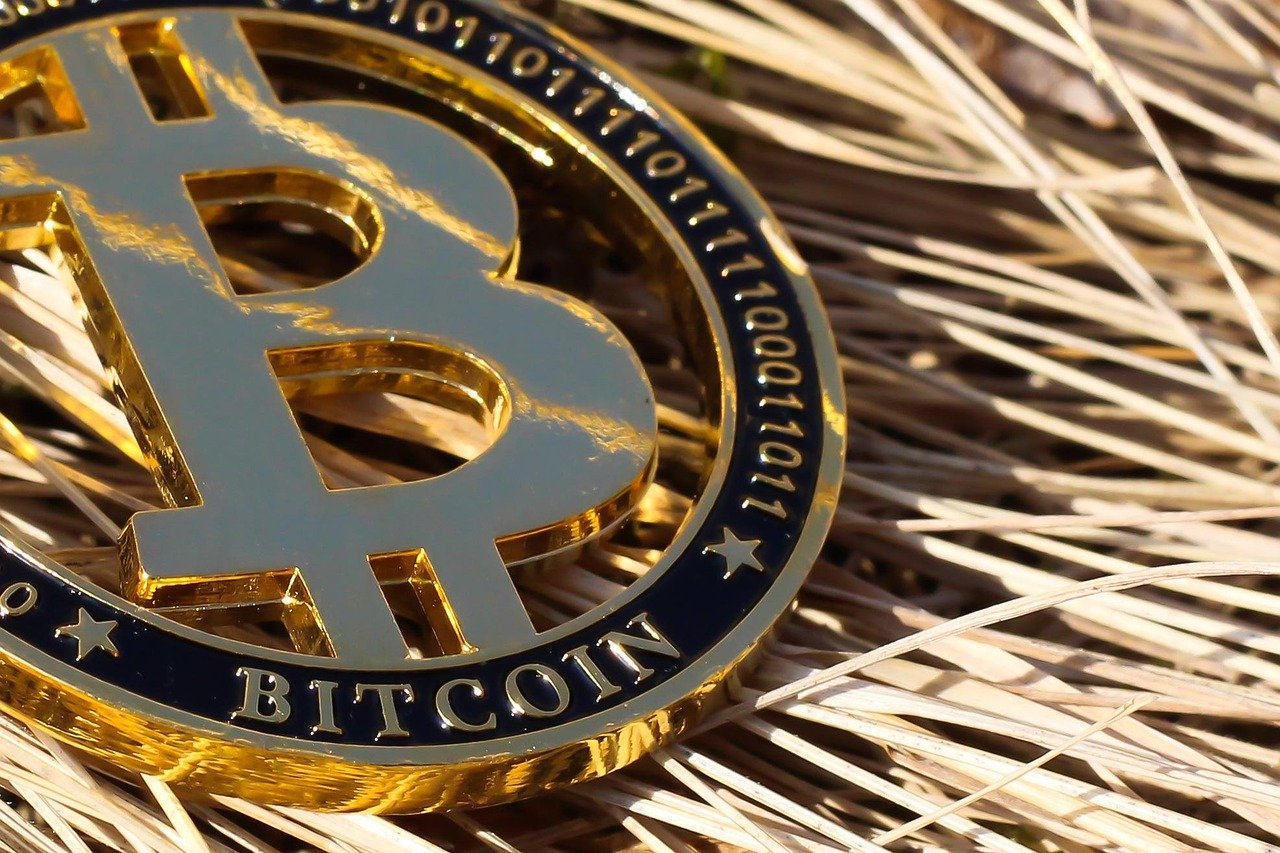Stablecoins have emerged as a crucial component of the cryptocurrency ecosystem, offering a bridge between the volatile world of digital assets and the stability of traditional currencies. They aim to provide the best of both worlds: the speed and security of blockchain technology combined with the predictable value of fiat currencies. Understanding stablecoins is essential for anyone involved in or interested in the future of finance and digital assets.
What are Stablecoins?
Definition and Purpose
Stablecoins are cryptocurrencies designed to minimize price volatility. Unlike popular cryptocurrencies like Bitcoin and Ethereum, which are known for their fluctuating values, stablecoins aim to maintain a stable value, typically pegged to a reserve asset like the US dollar, Euro, or gold. This stability makes them useful for everyday transactions, remittances, and as a safe haven during market downturns in the broader crypto market.
How They Work
The stability of a stablecoin is achieved through various mechanisms:
- Fiat-Collateralized: Backed by reserves of fiat currency held in a bank account or financial institution. Examples include Tether (USDT) and USD Coin (USDC). For example, each USDC is supposed to be backed by one US dollar held in reserve.
- Crypto-Collateralized: Backed by other cryptocurrencies. These are often over-collateralized to account for the volatility of the underlying crypto assets. Examples include DAI.
- Algorithmic Stablecoins: Use algorithms and smart contracts to adjust the supply of the stablecoin based on its price, aiming to maintain the peg. Examples include (or included, depending on the outcome of market events and collapses) TerraUSD (UST).
Each mechanism has its own set of advantages and disadvantages, which we will explore in more detail later.
Types of Stablecoins: A Detailed Look
Fiat-Collateralized Stablecoins
These stablecoins are the most common and straightforward type. They rely on a central entity holding fiat currency reserves equivalent to the circulating supply of the stablecoin.
- Mechanism: The issuer holds fiat currency in a bank account and issues stablecoins against those reserves. Users can redeem their stablecoins for the corresponding fiat currency.
- Advantages: Relatively simple to understand and operate. Potentially more stable if reserves are properly audited and managed.
- Disadvantages: Centralized and require trust in the issuer. Reserve transparency is crucial but sometimes lacking, leading to concerns about solvency and potential manipulation. Regulatory scrutiny is high.
- Example: Tether (USDT) claims to be backed by US dollars, reserves, and other assets. USD Coin (USDC) is another example; Circle, the issuer of USDC, is heavily regulated.
- Actionable Takeaway: Investigate the reserve audits and regulatory compliance of fiat-collateralized stablecoins before using them. Look for independently verified attestations.
Crypto-Collateralized Stablecoins
These stablecoins are backed by other cryptocurrencies, often requiring over-collateralization to mitigate the price volatility of the underlying assets.
- Mechanism: Users deposit crypto assets into a smart contract as collateral and receive the stablecoin in return. The value of the deposited collateral is typically higher than the value of the issued stablecoin (e.g., 150% collateralization ratio).
- Advantages: Decentralized and transparent due to the use of smart contracts.
- Disadvantages: Can be complex to manage due to the need for over-collateralization. Susceptible to price volatility of the underlying crypto assets, which may trigger liquidations of collateral.
- Example: DAI, issued by MakerDAO. Users deposit ETH or other approved cryptocurrencies into Maker Vaults to generate DAI.
- Actionable Takeaway: Understand the collateralization ratio and liquidation mechanisms of crypto-collateralized stablecoins. Monitor the market conditions of the underlying crypto assets to avoid potential liquidations.
Algorithmic Stablecoins
Algorithmic stablecoins use algorithms and smart contracts to manage their supply and maintain price stability.
- Mechanism: The smart contract automatically adjusts the supply of the stablecoin based on its price. If the price is above the peg, the supply is increased to lower the price. If the price is below the peg, the supply is decreased to raise the price.
- Advantages: Decentralized and potentially scalable.
- Disadvantages: Highly complex and can be susceptible to “death spirals” if the algorithm fails to maintain the peg, particularly if the value of the supporting tokens collapses. Past projects like TerraUSD (UST) highlight the risks associated with this type of stablecoin. Their long-term viability is still being tested.
- Example: TerraUSD (UST) (before its collapse) used a burning and minting mechanism with its sister token LUNA to maintain its peg to the US dollar. Other algorithmic stablecoins exist, but their long-term stability remains uncertain.
- Actionable Takeaway: Exercise extreme caution when dealing with algorithmic stablecoins. Research the algorithm and its historical performance. Understand the risks associated with the peg maintenance mechanism.
Benefits and Use Cases of Stablecoins
Advantages of Using Stablecoins
Stablecoins offer several advantages over traditional cryptocurrencies and fiat currencies.
- Price Stability: Offers a more predictable store of value compared to volatile cryptocurrencies.
- Faster and Cheaper Transactions: Facilitates quicker and less expensive transactions than traditional banking systems.
- Global Accessibility: Enables cross-border payments and remittances without the need for intermediaries.
- Integration with DeFi: Serves as a base currency in decentralized finance (DeFi) applications, such as lending, borrowing, and trading.
- Hedge Against Volatility: Allows investors to move their funds into a stable asset during market downturns.
Real-World Use Cases
Stablecoins are increasingly being used in various applications.
- Cross-Border Payments: Individuals and businesses can use stablecoins to send money across borders quickly and cheaply.
- Remittances: Migrant workers can send money home to their families using stablecoins, bypassing traditional remittance services with high fees. For example, a worker in the US can send USDC to a family member in the Philippines almost instantly, who can then convert it to Philippine Pesos.
- Trading and Investing: Traders can use stablecoins to quickly move funds between exchanges and avoid being exposed to the volatility of other cryptocurrencies.
- Decentralized Finance (DeFi): Stablecoins are the backbone of many DeFi protocols, enabling lending, borrowing, and yield farming.
- E-commerce: Businesses can accept stablecoins as payment for goods and services, reducing transaction fees and settlement times.
Risks and Challenges
Regulatory Uncertainty
The regulatory landscape for stablecoins is still evolving, and there is considerable uncertainty about how they will be regulated in the future. Different jurisdictions have different approaches, ranging from treating them as securities to payment instruments.
- Potential regulations: Governments may impose licensing requirements, capital reserve requirements, and disclosure obligations on stablecoin issuers.
- Impact on stability: Stricter regulations could potentially improve the stability and transparency of stablecoins but may also stifle innovation.
- Actionable Takeaway: Stay informed about the regulatory developments in your jurisdiction and understand how they may impact your use of stablecoins.
Counterparty Risk
Fiat-collateralized stablecoins rely on a central entity holding fiat currency reserves. There is a risk that the issuer may not have sufficient reserves to back the circulating supply of the stablecoin, or that the reserves are not properly managed.
- Importance of audits: Regular and transparent audits are essential to verify the existence and management of reserves.
- Transparency concerns: Some stablecoin issuers have been criticized for a lack of transparency regarding their reserves.
- Actionable Takeaway: Choose stablecoins from issuers that provide regular, independently verified audits of their reserves.
Algorithmic Instability
Algorithmic stablecoins are particularly susceptible to instability if the algorithm fails to maintain the peg. “Death spirals” can occur if the price of the stablecoin falls below the peg, leading to a rapid devaluation of the underlying assets.
- Past failures: The collapse of TerraUSD (UST) demonstrated the risks associated with algorithmic stablecoins.
- Complexity and Opacity: The intricate mechanisms of these stablecoins can be difficult to understand, making it challenging to assess their risks.
- Actionable Takeaway: Exercise caution and conduct thorough research before investing in algorithmic stablecoins. Understand the mechanics of the algorithm and its potential failure points.
The Future of Stablecoins
Trends and Developments
The stablecoin market is rapidly evolving, with new trends and developments emerging.
- Central Bank Digital Currencies (CBDCs): Central banks around the world are exploring the possibility of issuing their own digital currencies, which could compete with stablecoins.
- Increased Regulation: Regulators are paying closer attention to stablecoins, and new regulations are expected to be introduced in the coming years.
- Adoption by Institutions: Institutional investors are increasingly interested in stablecoins, which could lead to wider adoption and increased liquidity.
- Innovation in Stability Mechanisms: New and innovative stability mechanisms are being developed to improve the stability and scalability of stablecoins.
- Actionable Takeaway: Stay updated on the latest trends and developments in the stablecoin market. Monitor regulatory changes and emerging technologies.
Conclusion
Stablecoins offer a compelling solution for bridging the gap between traditional finance and the world of cryptocurrencies. With their potential for price stability, faster transactions, and global accessibility, they are poised to play a significant role in the future of finance. However, it’s crucial to understand the different types of stablecoins, their associated risks, and the evolving regulatory landscape before investing in or using them. By staying informed and conducting thorough research, individuals and businesses can harness the benefits of stablecoins while mitigating potential risks.



